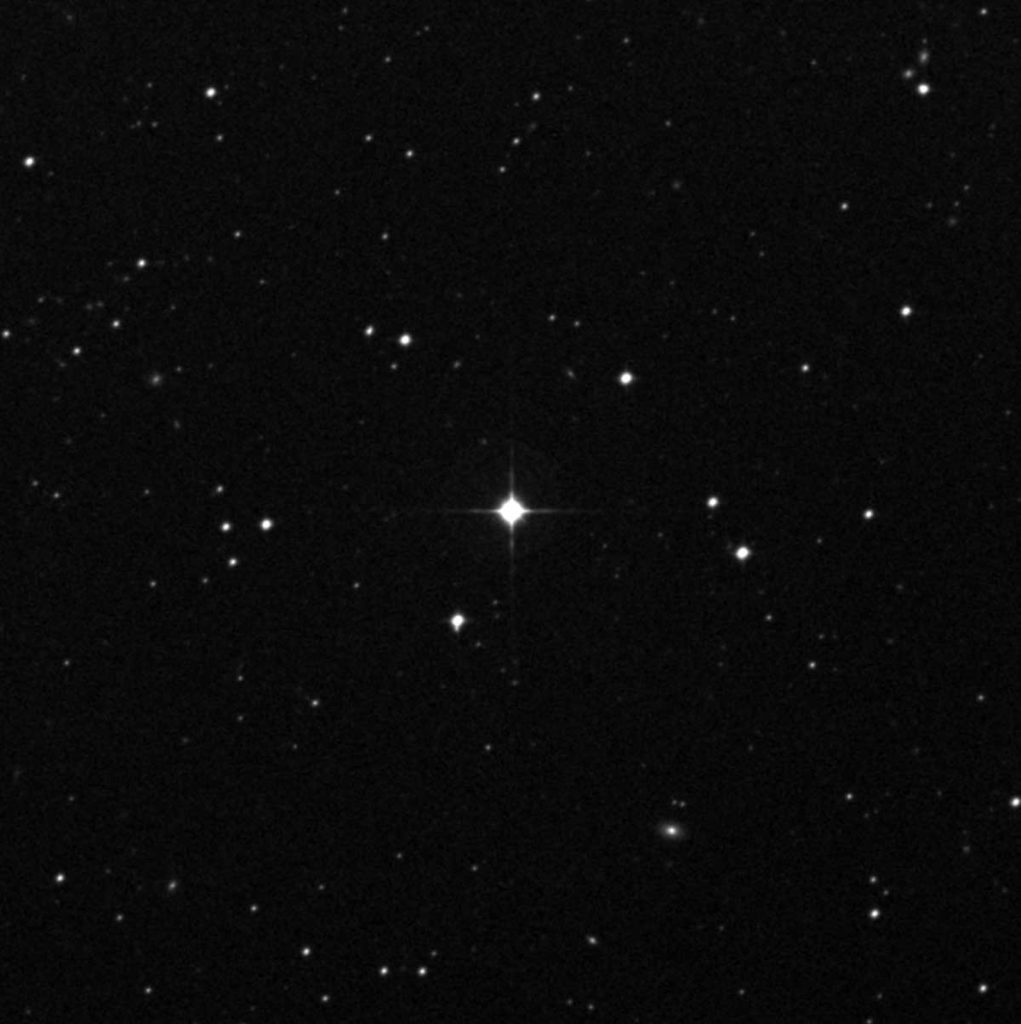
In our sun’s neighborhood of the Milky Way Galaxy is a relatively bright star, and in it, astronomers have been able to identify the widest range of elements in a star beyond our solar system yet.
The study, led by University of Michigan astronomer Ian Roederer, has identified 65 elements in the star, HD222925. Forty-two of the elements identified are heavy elements that are listed along the bottom of the periodic table of elements.
Identifying these elements in a single star will help astronomers understand what’s called the “rapid neutron capture process,” or one of the major ways by which heavy elements in the universe were created...
Read More







Recent Comments